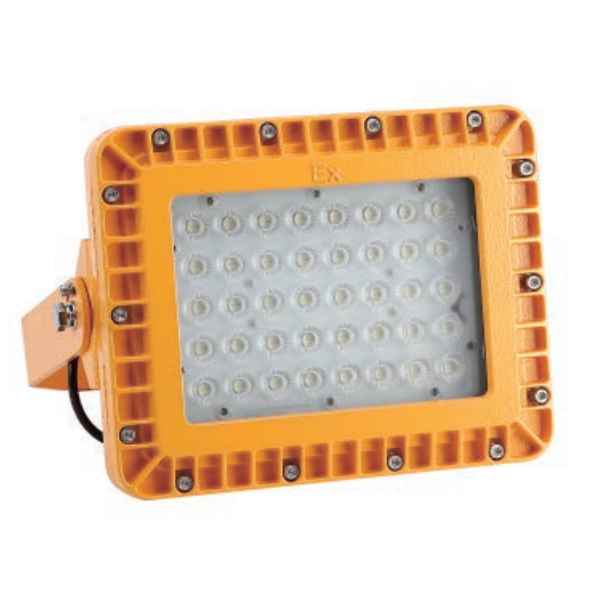Marine air whistle WD-3 and WD-3A Difference in Working Principles
Marine air whistle WD-3 is a navigation warning device that uses compressed air as the power to drive the diaphragm to vibrate and emit air whistle sounds.
- The whistle can be automatically controlled by an automatic controller to emit different sound signals;
- It has a simple structure, is firm and reliable, has clear pronunciation, loud volume, and consumes less gas;
- Equipped with a fog horn automatic controller, it can automatically emit sound and light signals;
- It can be used as a warning signal source for large, medium, and small ships entering and leaving ports, navigating and avoiding, or in poor visibility.
When comparing the Marine Air Whistle WD-3 and the Marine Electrical Air Horn WD-3A, their fundamental working principles set them apart. The WD-3 operates using compressed air, relying on a pneumatic system that releases high-pressure air through the whistle to create a loud, resonant sound. Think of it like blowing into a traditional whistle but on a much larger and more powerful scale—perfect for cutting through dense fog or alerting nearby vessels in emergencies.
In contrast, the WD-3A is powered by electricity, utilizing an internal electromagnetic mechanism or vibrating diaphragm to generate sound. This modern design eliminates the need for bulky air compression systems, making it lighter and easier to install. Imagine the WD-3A as an electric speaker: plug it in, and you’re ready to go.
If you’re drawn to the rugged reliability of traditional mechanics, the WD-3 might feel like a trusted old friend. However, if you value convenience and modern technology, the WD-3A is your go-to choice.
Difference in Energy Sources
Energy supply is another major distinction between these two devices. The WD-3 depends entirely on compressed air, which means it requires an air compressor and storage tank to function. While this setup is dependable, it demands additional space and equipment, which can be a dealbreaker for smaller vessels or those with limited storage capacity.
On the other hand, the WD-3A runs on electricity, drawing power from the ship’s electrical system or batteries. This design not only saves space but also simplifies installation and operation. For instance, imagine a small recreational boat equipped with a WD-3A—it can connect directly to its onboard power system without needing extra hardware.
Ultimately, your choice boils down to your vessel’s infrastructure: does it have room for a pneumatic system, or is it better suited for an all-electric solution?
Marine air whistle WD-3 and WD-3A Comparison of Sound Characteristics
The sound performance of these devices is where they truly shine in different ways. The WD-3 is known for its powerful and sustained sound, making it ideal for long-distance signaling in harsh weather conditions like heavy fog or storms. Its sound cuts through environmental noise with authority, much like a lighthouse beacon piercing through darkness.
In contrast, the WD-3A offers greater versatility. Thanks to its electric design, it can produce not only standard alarm tones but also varied signals such as multi-tone patterns or pre-programmed alerts. This flexibility makes it invaluable for ships that need to communicate complex messages or use distinctive alarms for different situations—think of it as having a playlist of sounds tailored to specific needs.
If you need a single, unmistakable blast that commands attention, the WD-3 is unbeatable. But if you’re looking for adaptability and variety in sound output, the WD-3A takes the lead.

Differences in Maintenance and Complexity
Maintenance requirements are another area where these devices differ significantly. The WD-3 demands regular upkeep of its air compressor and storage tank, ensuring that the pneumatic system remains operational. While these components are durable, they require periodic inspections and servicing—think of it as maintaining an engine that powers your ship’s horn.
In contrast, the WD-3A has fewer maintenance needs because it lacks a pneumatic system. Routine checks involve inspecting electrical circuits and battery health—tasks that are generally quicker and less labor-intensive than maintaining an air compressor. However, if electronic components fail, repairs may require specialized expertise.
If you prefer low-maintenance equipment that minimizes downtime, the WD-3A is likely your best bet. But if you’re comfortable investing time into routine maintenance for reliable performance under extreme conditions, the WD-3 won’t disappoint.
Marine air whistle WD-3 and WD-3A Differences in Application Scenarios
These differences in design and performance make each device suitable for distinct applications. The Marine Air Whistle WD-3 excels in long-distance voyages or adverse weather conditions, where its loud and penetrating sound can transmit signals over vast distances. It’s a favorite among cargo ships and traditional vessels navigating open waters.
Meanwhile, the Marine Electrical Air Horn WD-3A thrives in modern maritime environments where flexibility and compactness are key. For example, smaller vessels like yachts or ferries benefit from its space-saving design and ability to produce varied signals. Additionally, its versatility makes it ideal for ships operating in busy ports where multiple types of alarms are necessary.
Comparison of Costs and Economic Efficiency
Finally, let’s talk about costs—a critical factor for any decision-maker. The WD-3 typically has a lower initial purchase price because it doesn’t include complex electronics. However, when factoring in the cost of additional equipment like air compressors and storage tanks—as well as ongoing maintenance—the total investment can climb significantly over time.
In contrast, the WD-3A has a slightly higher upfront cost but offers better long-term economic efficiency due to its simpler structure and reduced maintenance demands. For modern ships with existing electrical systems, this can translate into significant savings over the device’s lifespan.
So if you’re working within a tight budget but want minimal future expenses, the WD-3A might be your smartest choice. On the other hand, if short-term affordability is your priority—and you’re prepared to manage higher maintenance costs—the WD-3 remains a solid option.







